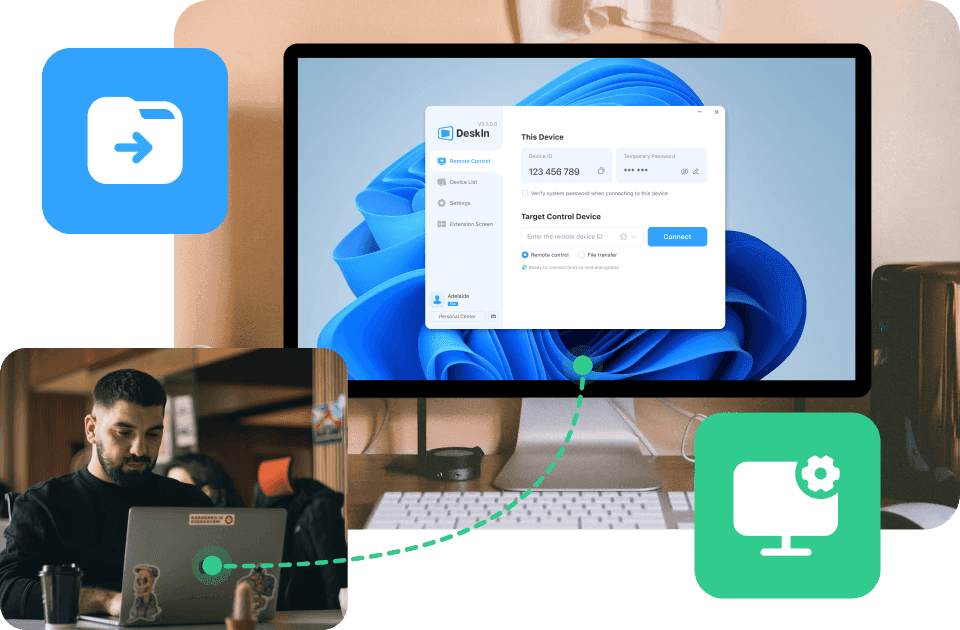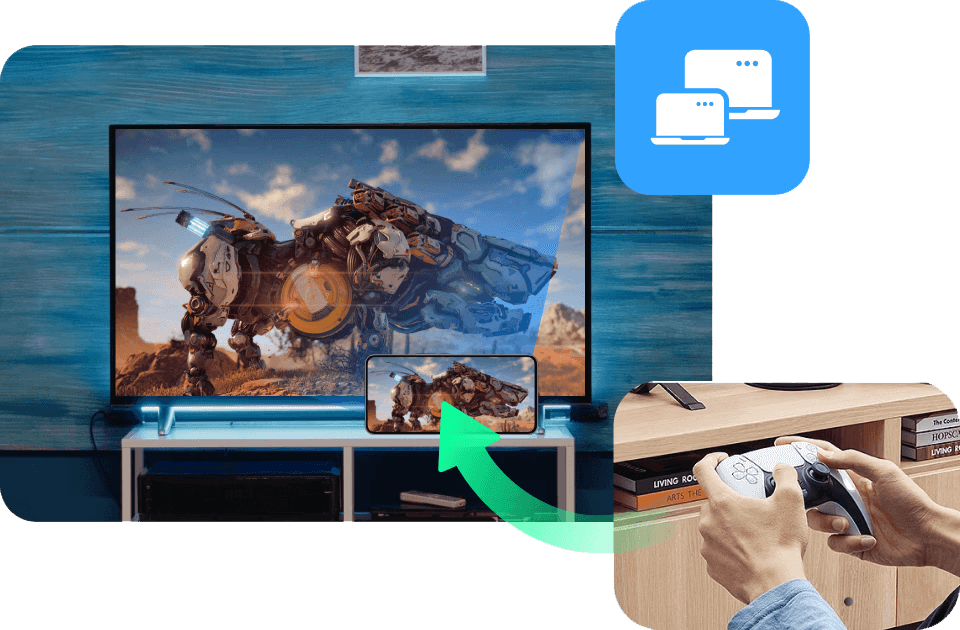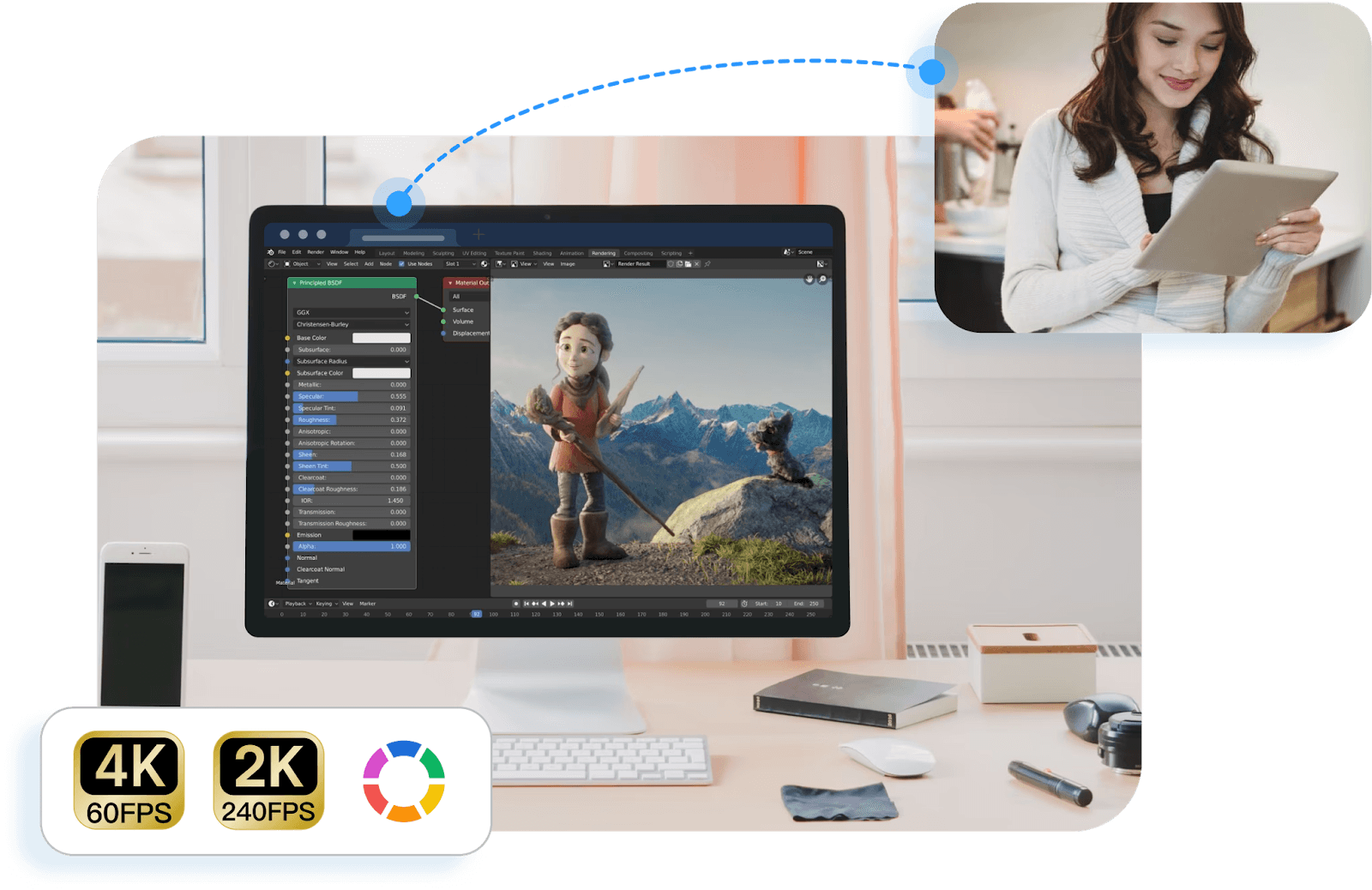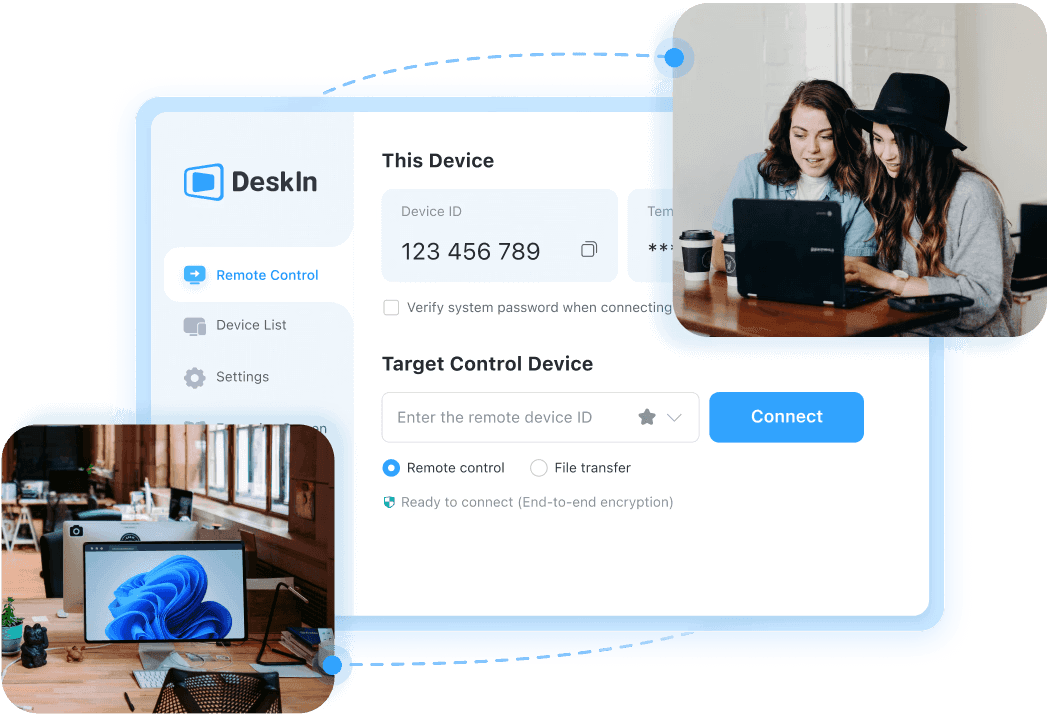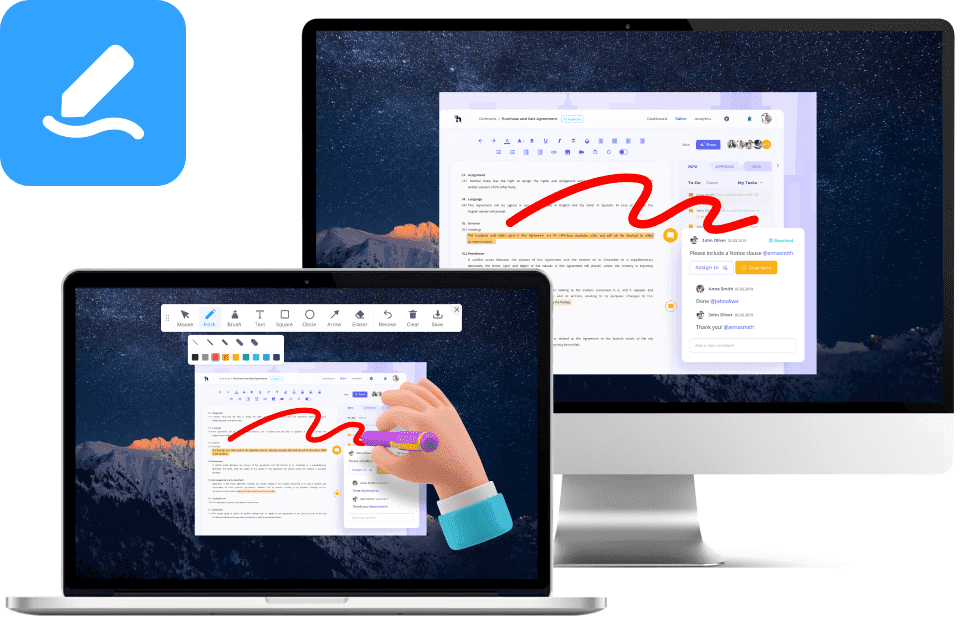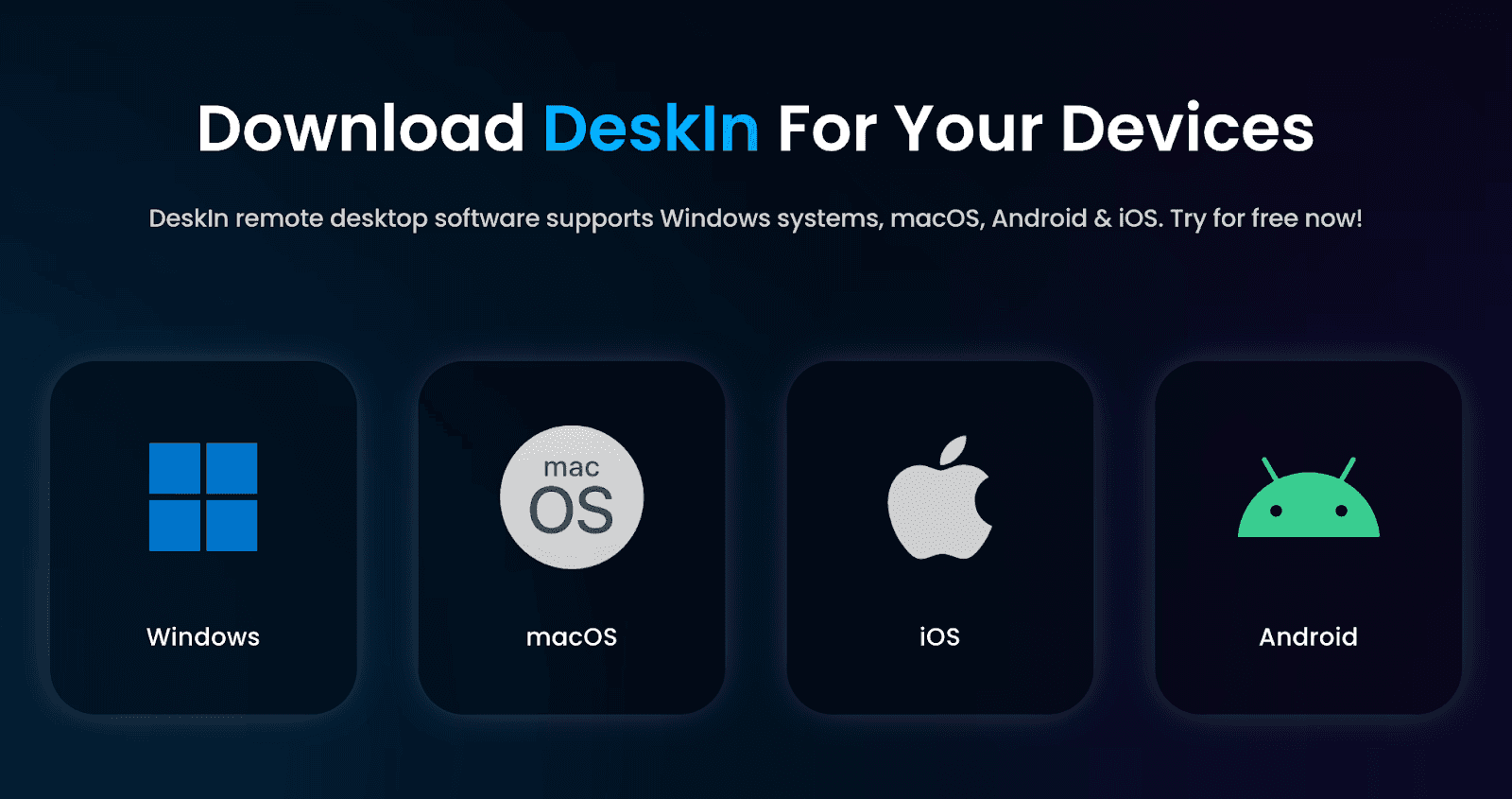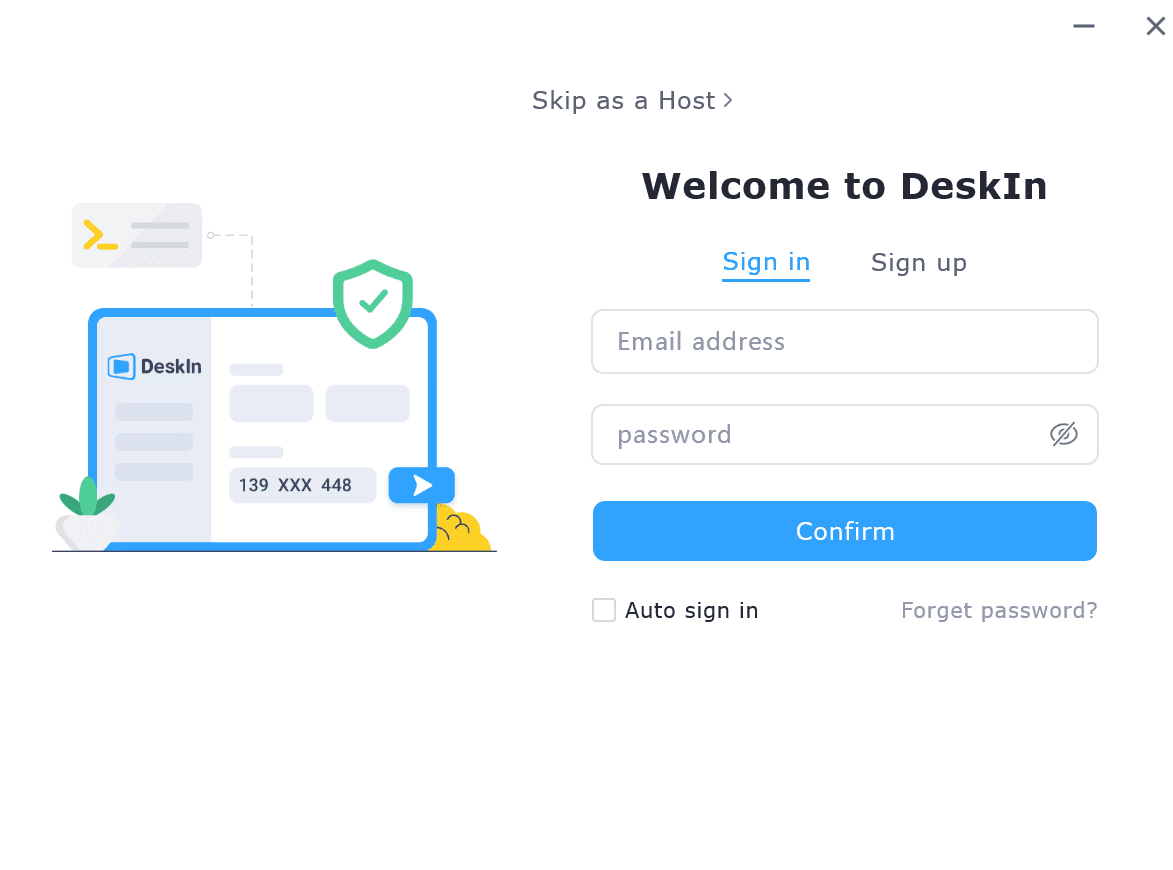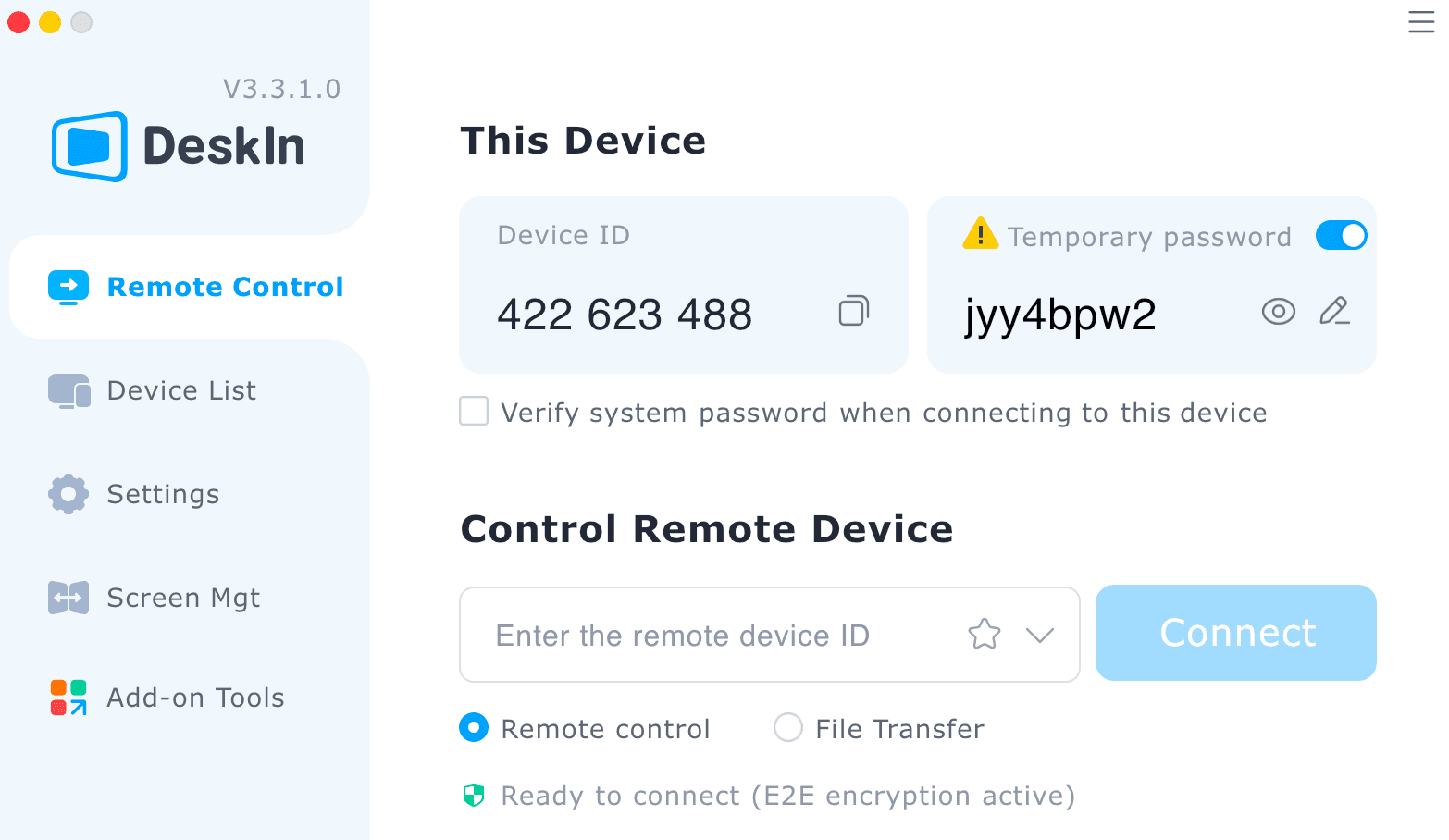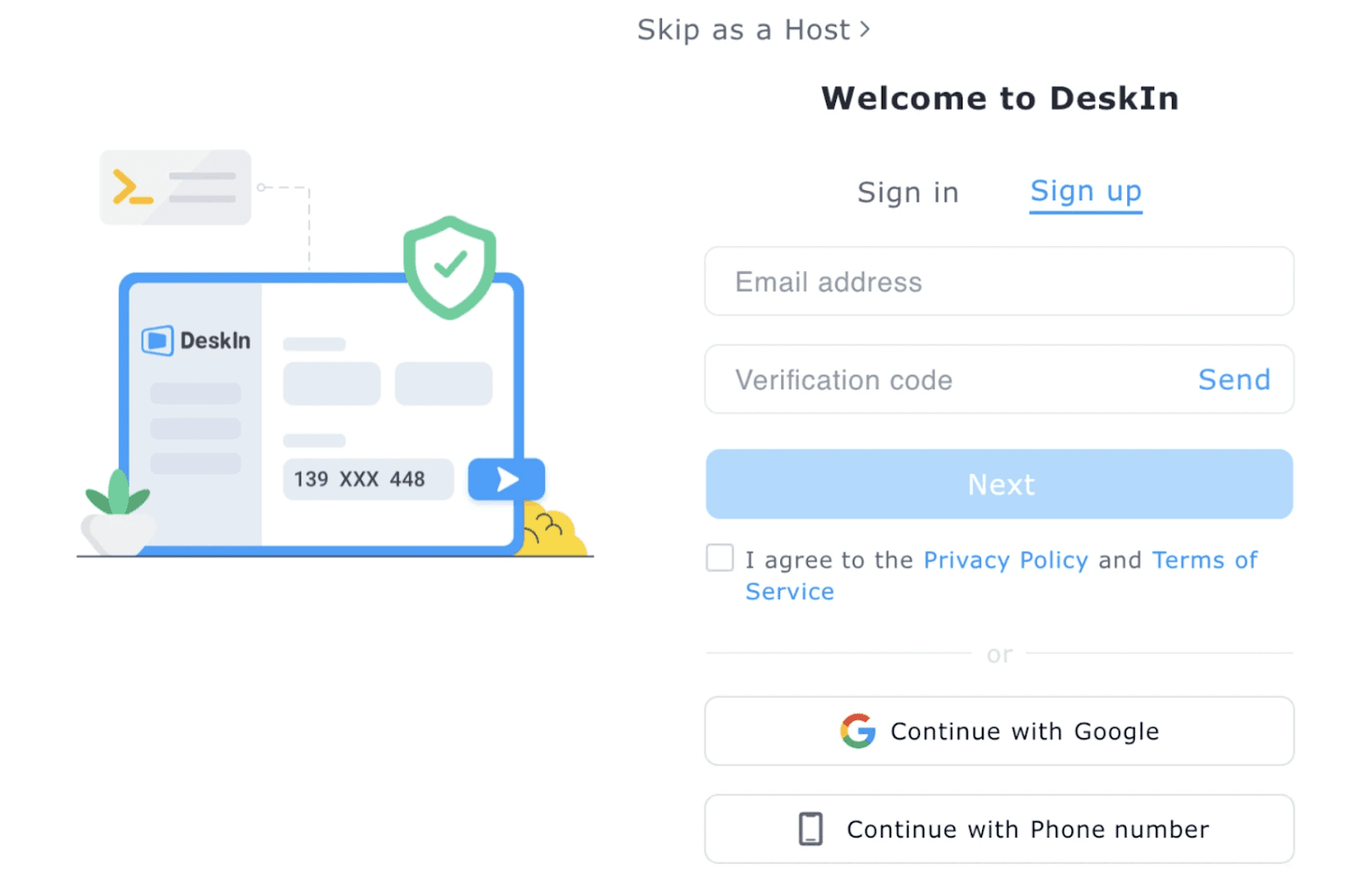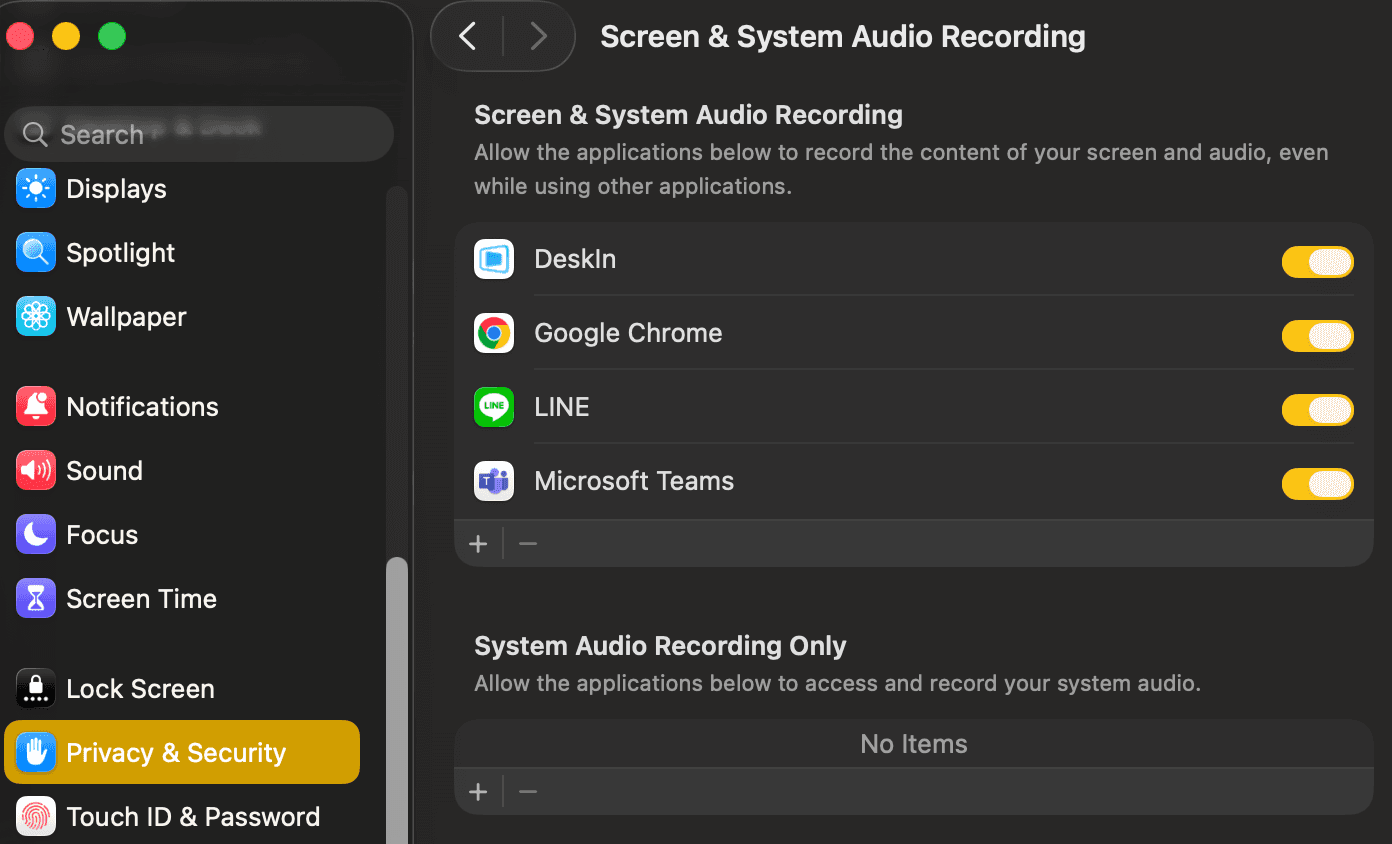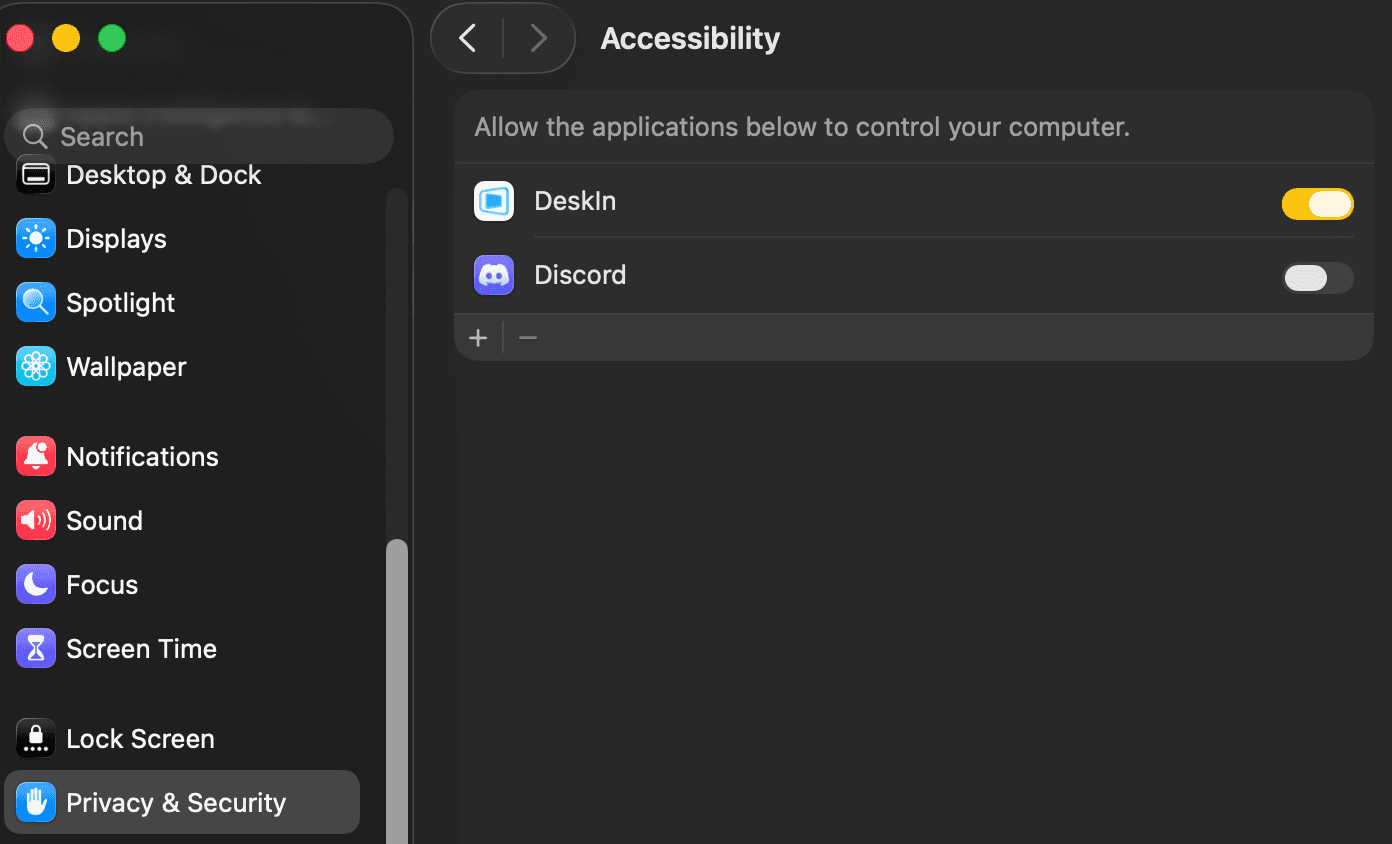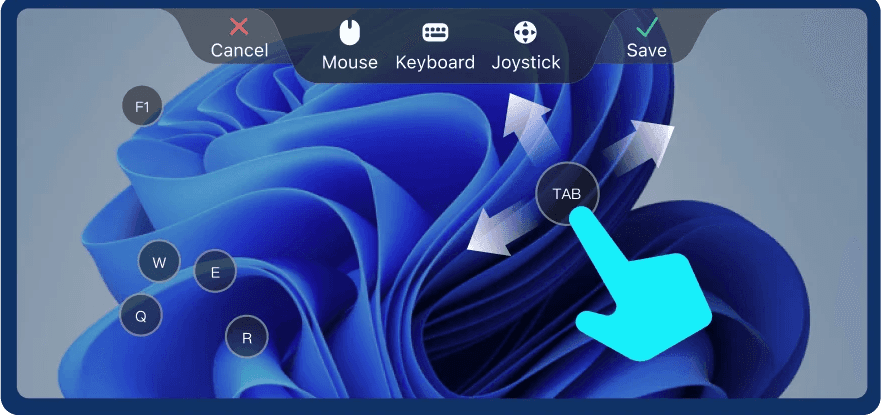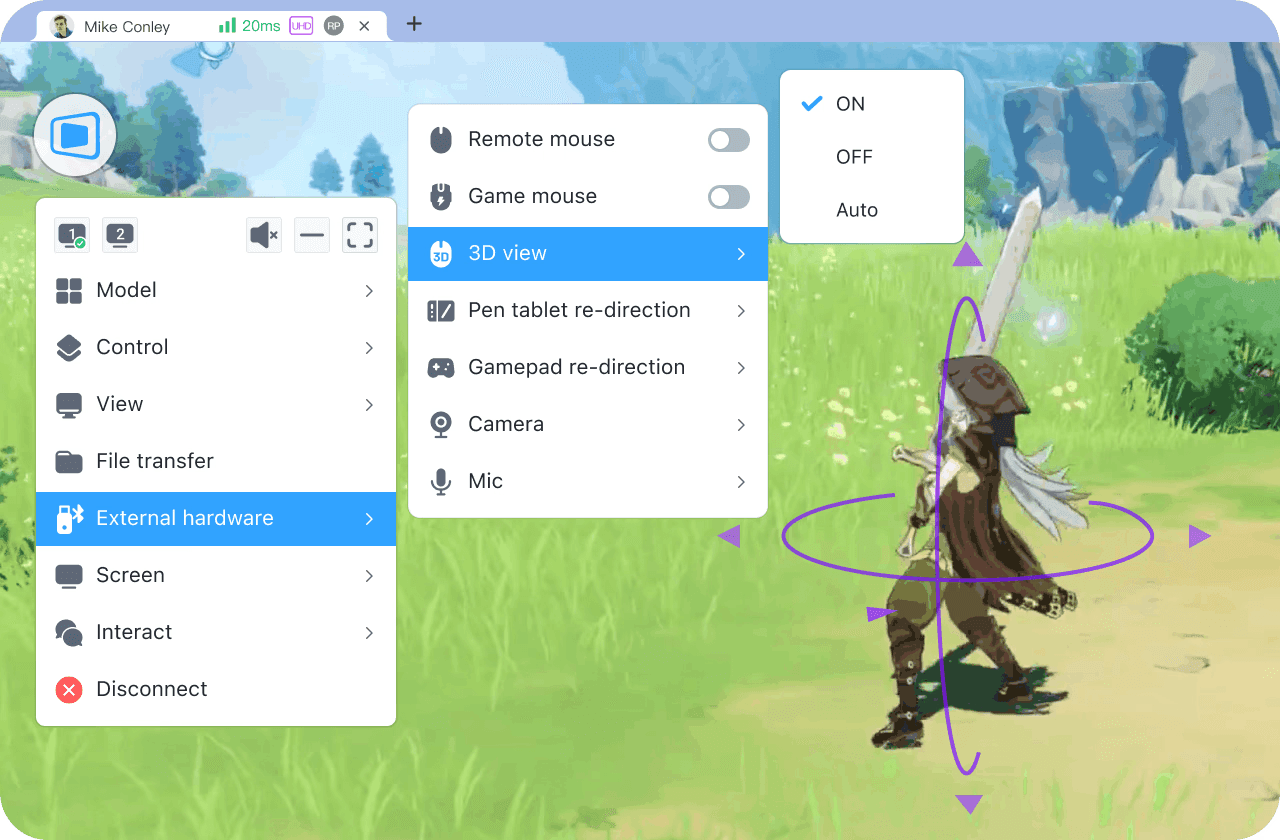For multitasking workers, having a second monitor can increase productivity greatly. If you are a home office person or a student who don't have a dual screen. Here's how you can easily turn your idle iPad into a second monitor for your computer.
Benefits of Using an iPad as a Second Screen:
1. Increase screen space to display more at the same time. For multi-task users, they can avoid switching windows back and forth, saving time.
2. Each screen works independently, making the workspace more organized.
When editing videos, one screen is used for editing and the other for placing materials. when writing a paper, one screen for writing, the other for searching information etc.
3. The screen size of the iPad is large enough, and the quality of the display is pretty good. For users with design work needs or using a MacBook, it may be more cost-effective than purchasing an additional screen, and there is no color difference problem.
4. Many people have iPads at home. By using the device, you have on hand as a dual screen, you save the cost of buying another screen and the space to place it.
How to Use an iPad as a Second Screen for Mac?
Apple’s native feature Apple Sidecar allows you to use the iPad as an external display for a MacBook and iMac. Just make some simple settings and you can achieve a seamless connection between your iPad and your computer.
Note: To use Apple Sidecar, the two devices should log into the same Apple ID or are on the same network. Both devices should have Bluetooth, Wi-Fi turned on, and the distance cannot exceed 10 meters (about 10 meters).
Step 1 Display Setting:
Open the Mac System Settings >> Click "Display" in the sidebar >> Click the "+" pop up menu on the right and choose your iPad.

Select the iPad, change the Use as settings to "Extended Display". Check the Airplay settings on the top toolbar of the mac and set iPad as "Use As Separate Display".

Step 2: Extend Screen
After completing the settings, your iPad will become the second display for your Mac. You can drag windows from your Mac to your iPad smoothly. You can also use the sidebar on the iPad or change the position of the sidebar on the system display settings.

MacBook Screen (Left) and iPad Screen (Right)
How to Use an iPad as a Second Screen for Windows?
Apple Sidecar only supports mac released after 2016 and iPadOS13 or newer. If you are using an old Apple device or a Windows device, you can still use DeskIn remote software to do the screen extension. It supports using iPad as a second display for Mac and Windows, and the smoothness is no worse than sidecar.
Step 1: Download and Register a DeskIn Account
Download DeskIn on your computer and iPad, register for a free account and log in separately.

Note: On your first log in to a new device, you need to complete an email verification, which is to protect the security of your account.

Step 2: Extend Screen
Open DeskIn app on your Windows/Mac computer >> Go to "Screen Mgt" Tab >> Click “Extend my screen”

Select your iPad, and click “Start Extending”.Once connected, your iPad will become the second display of your Windows/Mac computer, you can move windows between the two screens as if they were one.

Computer Screen (Left) and iPad Screen (Right)
Step 3: System Display Settings
After extension, if you find that your iPad is only mirroring the content on your computer screen, please go to Windows System Settings >> Display Settings and change the screen option to "Extend these displays". You can also modify the screen position by dragging the 2 screens.

Conclusion
This article introduces how to use DeskIn remote desktop software to turn an iPad into a "second screen" for Mac and Windows computers. This is especially useful for people who need to handle multiple tasks at the same time and want to improve productivity. If you are looking for a screen extension tool that works on your MacBook, iPad, Android Tablet and Windows PC, DeskIn remote desktop is the best solution for you. Download DeskIn and try it now!

For multitasking workers, having a second monitor can increase productivity greatly. If you are a home office person or a student who don't have a dual screen. Here's how you can easily turn your idle iPad into a second monitor for your computer.
Benefits of Using an iPad as a Second Screen:
1. Increase screen space to display more at the same time. For multi-task users, they can avoid switching windows back and forth, saving time.
2. Each screen works independently, making the workspace more organized.
When editing videos, one screen is used for editing and the other for placing materials. when writing a paper, one screen for writing, the other for searching information etc.
3. The screen size of the iPad is large enough, and the quality of the display is pretty good. For users with design work needs or using a MacBook, it may be more cost-effective than purchasing an additional screen, and there is no color difference problem.
4. Many people have iPads at home. By using the device, you have on hand as a dual screen, you save the cost of buying another screen and the space to place it.
How to Use an iPad as a Second Screen for Mac?
Apple’s native feature Apple Sidecar allows you to use the iPad as an external display for a MacBook and iMac. Just make some simple settings and you can achieve a seamless connection between your iPad and your computer.
Note: To use Apple Sidecar, the two devices should log into the same Apple ID or are on the same network. Both devices should have Bluetooth, Wi-Fi turned on, and the distance cannot exceed 10 meters (about 10 meters).
Step 1 Display Setting:
Open the Mac System Settings >> Click "Display" in the sidebar >> Click the "+" pop up menu on the right and choose your iPad.

Select the iPad, change the Use as settings to "Extended Display". Check the Airplay settings on the top toolbar of the mac and set iPad as "Use As Separate Display".

Step 2: Extend Screen
After completing the settings, your iPad will become the second display for your Mac. You can drag windows from your Mac to your iPad smoothly. You can also use the sidebar on the iPad or change the position of the sidebar on the system display settings.

MacBook Screen (Left) and iPad Screen (Right)
How to Use an iPad as a Second Screen for Windows?
Apple Sidecar only supports mac released after 2016 and iPadOS13 or newer. If you are using an old Apple device or a Windows device, you can still use DeskIn remote software to do the screen extension. It supports using iPad as a second display for Mac and Windows, and the smoothness is no worse than sidecar.
Step 1: Download and Register a DeskIn Account
Download DeskIn on your computer and iPad, register for a free account and log in separately.

Note: On your first log in to a new device, you need to complete an email verification, which is to protect the security of your account.

Step 2: Extend Screen
Open DeskIn app on your Windows/Mac computer >> Go to "Screen Mgt" Tab >> Click “Extend my screen”

Select your iPad, and click “Start Extending”.Once connected, your iPad will become the second display of your Windows/Mac computer, you can move windows between the two screens as if they were one.

Computer Screen (Left) and iPad Screen (Right)
Step 3: System Display Settings
After extension, if you find that your iPad is only mirroring the content on your computer screen, please go to Windows System Settings >> Display Settings and change the screen option to "Extend these displays". You can also modify the screen position by dragging the 2 screens.

Conclusion
This article introduces how to use DeskIn remote desktop software to turn an iPad into a "second screen" for Mac and Windows computers. This is especially useful for people who need to handle multiple tasks at the same time and want to improve productivity. If you are looking for a screen extension tool that works on your MacBook, iPad, Android Tablet and Windows PC, DeskIn remote desktop is the best solution for you. Download DeskIn and try it now!


Play x Work
All at Once
DeskIn Remote Game
only $14.32 USD 🎉 Limited on July 16-31
Add promo code: deskinsummer1






